What Is Denim: Simple Guide to the Famous Fabric And Its Uses
Denim is a very famous and loved fabric. You see it everywhere, especially in jeans. But what exactly is denim? This guide will tell you all about this special material in simple terms. We will look at what it’s made of, how it’s made, and why it’s so popular.
1. What is denim, exactly? A simple start
Denim is a strong and sturdy fabric. It is most famously used to make blue jeans. The main material in denim is usually cotton. One of the easiest ways to spot denim is by its special diagonal weave pattern.
You can see tiny diagonal lines on the surface of the fabric. This popular fabric is known all over the world. While jeans are the most common item made from denim, it’s also used for jackets, skirts, and more. People love denim because it’s tough but can also be very comfortable to wear.
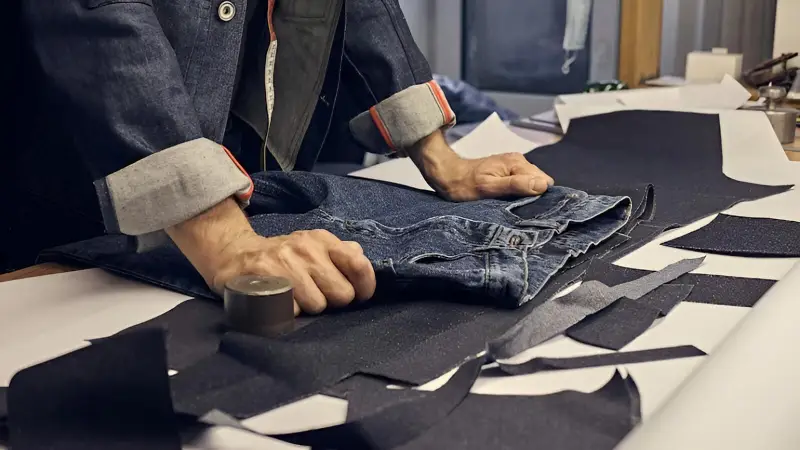
2. What is denim made from? The main ingredient
2.1. Cotton: The heart of denim
The heart of denim fabric is cotton. Cotton is the primary material used to make traditional denim. What is cotton? It’s a natural fiber that comes from the cotton plant. This fiber is soft and breathable, meaning air can pass through it.
These qualities are why denim clothes, like your favorite jeans, feel good against your skin and are comfortable to wear for a long time, even in warm weather.
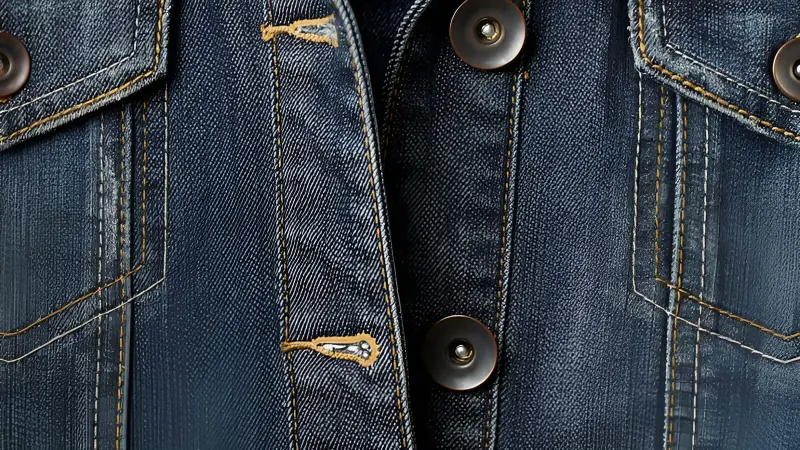
2.2. Sometimes, a little stretch
While traditional denim is 100% cotton, a lot of modern denim has a bit of stretch. This is called stretch denim. To make it, a small amount of stretchy fibers like elastane (sometimes called Spandex or Lycra) is mixed with the cotton.
Why add stretch? It makes the denim more flexible. This means clothes made from stretch denim are often more comfortable, give a better fit, and allow you to move around easily.
3. How is denim made? The special weave
3.1. The twill weave: Denim’s signature
The way denim is made involves a special kind of weaving called a twill weave. A “twill weave” refers to the specific pattern in which threads are interlaced to create a fabric.
This twill weave creates the noticeable diagonal lines or ribs on the surface of the denim. If you look closely at a pair of jeans, you’ll see these lines. This diagonal pattern is a key signature of denim fabric.
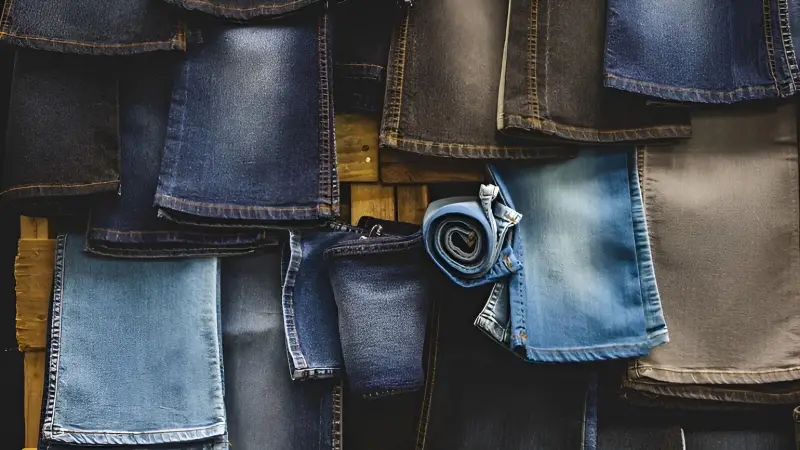
3.2. How the weave makes it strong
The twill weave strength is a big reason why denim is such a strong fabric. In a twill weave, the threads are packed closely together and interlock in a way that makes the material very durable.
This means denim can resist tearing and wear for a long time. This strength makes denim a truly durable textile, perfect for clothes that need to last.
3.3. Color in the weave
Let’s talk about the classic blue denim color. How does it get that look? Usually, the warp threads (the threads that run lengthwise) are dyed with indigo dye (a natural or synthetic dye famous for its deep blue color). The weft threads (the threads that run crosswise) are often left white.
Because of the twill weave, more of the blue warp threads show on the outside of the fabric, and more of the white weft threads show on the inside. This is why the fabric color of most blue jeans is blue on the outside and lighter, or more white, on the inside.
4. What makes denim special?
4.1. It’s tough and lasts long
One of the most special things about denim is its durability. It’s a very tough fabric that lasts long. It can handle a lot of wear and tear, which is why it was originally used for work clothes by people like miners and farmers. If you buy good quality denim, it can stay with you for many years. This strength is a core part of what makes denim so valued.
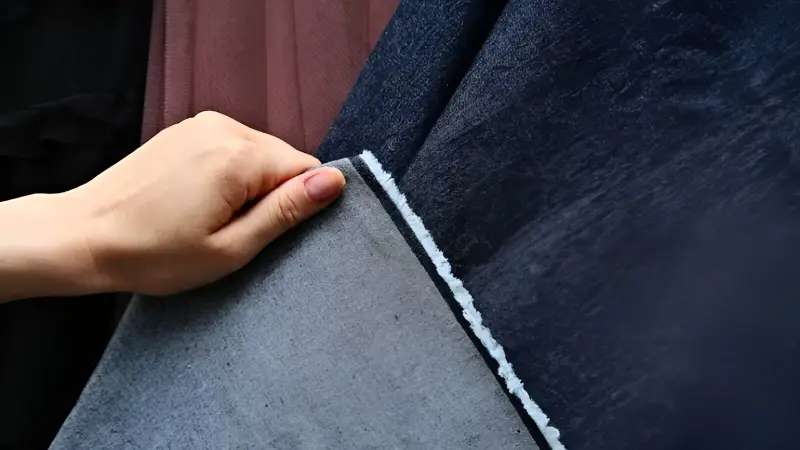
4.2. The famous blue color
The iconic blue color of denim is famous worldwide. This signature shade usually comes from indigo dye. Indigo dye has a long history and has been used to color fabrics for thousands of years, producing a rich, deep blue. When used on cotton, it creates what many know as indigo cotton fabric, the classic look of blue jeans.
4.3. How it ages and fades
A unique quality of denim is how it ages and fades over time. With every wash and wear, denim often gets softer and more comfortable.
The color also starts to fade, especially in areas that get a lot of stress or rubbing, like the knees and seat of jeans. These fades create unique patterns that are personal to the wearer. Many people love this aging process because it gives their denim clothes character and tells a story.
5. A tiny peek into denim’s past
The word “denim” is thought to come from “serge de Nîmes,” meaning a sturdy fabric from Nîmes, a town in France.
The word “jeans” might have come from Gênes, the French word for Genoa, Italy, where a similar cotton cloth was made. Denim became very popular in America in the late 1800s, first as tough workwear history tells us, and later it became a fashion favorite around the world.
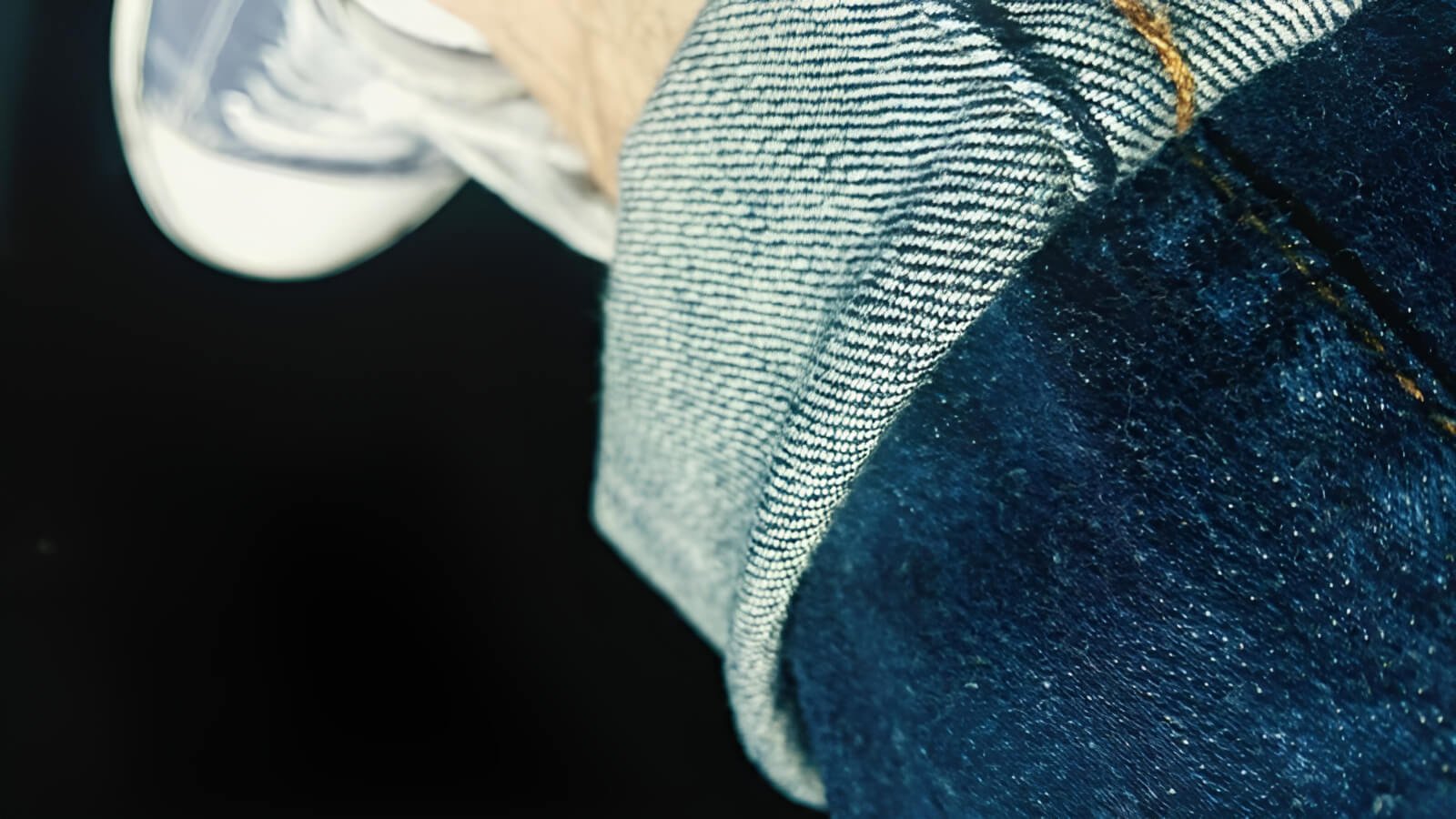
6. What kinds of things are made from denim?
Denim is a very versatile apparel material. While jeans are certainly the most famous garment made from denim fabric, many other things are made from it too. Here are some examples of what denim is used for:
- Jeans
- Denim jackets
- Shorts
- Skirts and dresses
- Overalls and dungarees
- Shirts
- Bags and hats
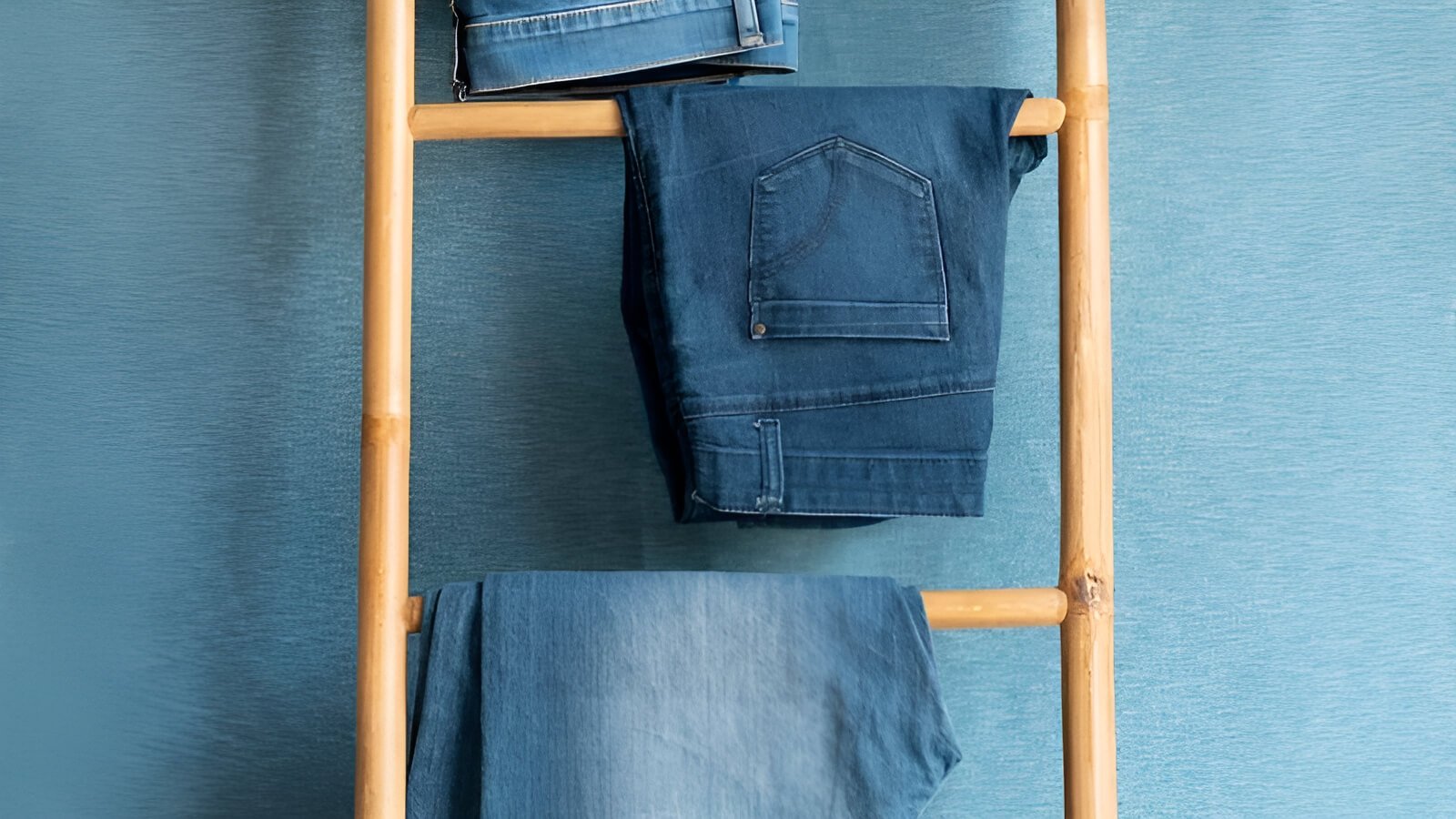
7. Just a few types of denim
Not all denim is exactly the same. There are different kinds of denim, each with slightly different characteristics. Here’s a very simple look at a few common types:
- Raw Denim: This denim is unwashed after dyeing. It’s usually dark and a bit stiff at first. It fades over time based on how you wear it, creating unique patterns.
- Washed Denim: This denim is washed by the manufacturer before being sold. This makes it softer and can give it a slightly faded, worn-in look from the start.
- Stretch Denim: As we mentioned earlier, this type has stretch fibers (like elastane) mixed in for extra flexibility and comfort.
- Sanforized Denim: “Sanforized” means the fabric has been pre-shrunk to reduce how much it will shrink when you wash it at home. Understanding raw denim vs sanforized denim is helpful; raw denim might shrink more if not sanforized.
- Selvedge Denim: The term “selvedge” comes from “self-edge”. It means the fabric has a clean, finished edge that prevents unraveling. Selvedge denim is often seen as higher quality and has a distinctive edge often visible when cuffs are rolled up.
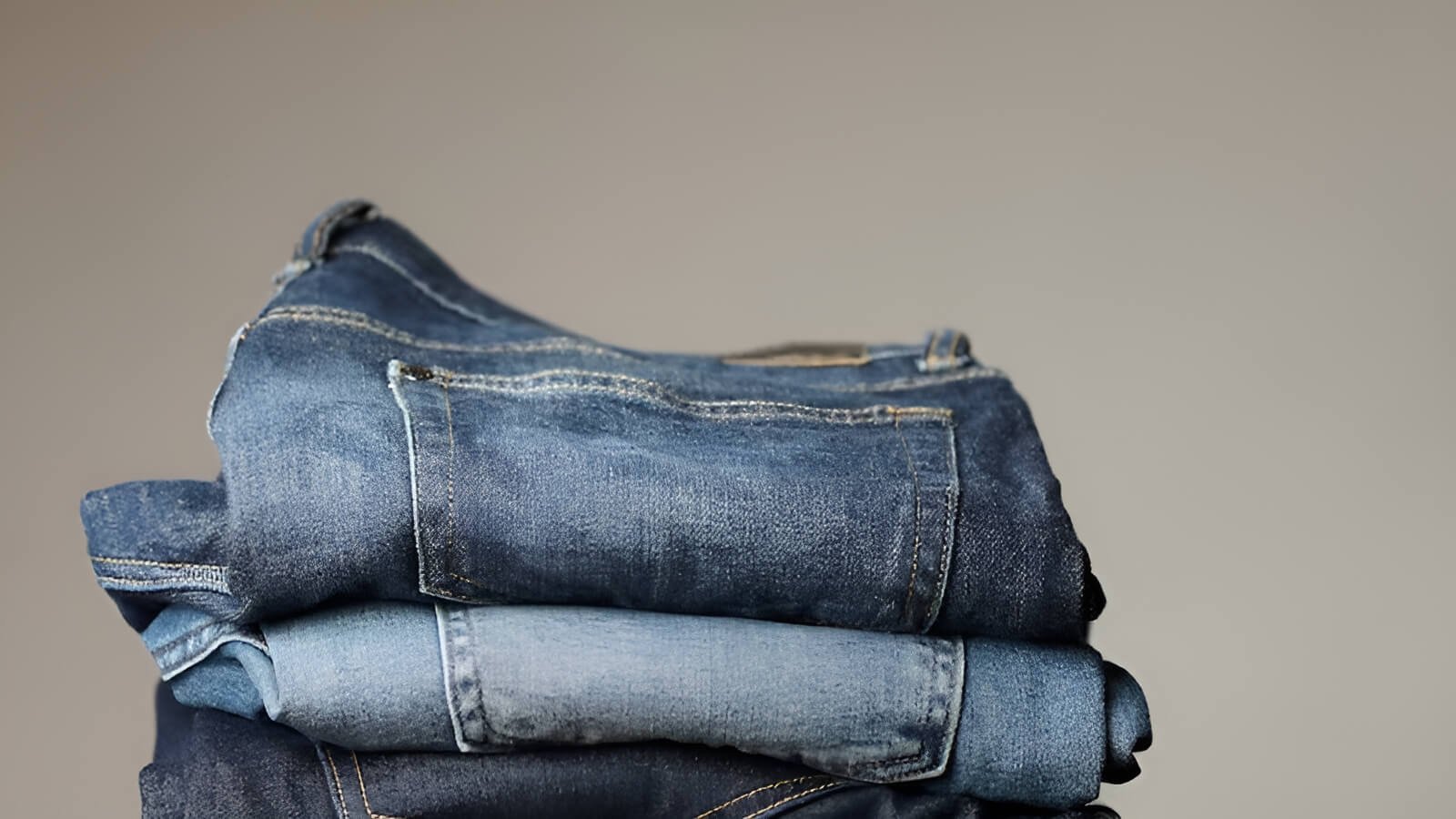
8. How are denim clothes often branded or decorated?
Denim branding and decoration are very common, especially on jeans. These details add to the style and uniqueness of the garment. Here are some common ways denim clothes are branded:
Patches: You often see branded patches on the back waistband of jeans. These usually show the brand’s logo. They can be made from various materials, including traditional leather patches (for denim branding), PU leather (a synthetic leather), or Jacron Paper Labels (a durable, washable paper-like material that is a great vegan alternative). A classic example is the leather patch often found on the waistband of jeans.
Labels: Custom labels (for denim apparel) are usually found sewn inside the clothing. These are often woven labels (labels made by weaving threads together, like those on clothing necklines) that show the brand name, size, and care instructions. Custom woven labels are a popular choice for branding on items like denim jackets.
Hang Tags: Hang tags for denim products are attached to new items. They are usually made from card or paper, like a kraft paper hang tag.
Buttons and Rivets: These metal pieces are very common on jeans. Fly buttons, and especially rivets (small metal fasteners, often at pocket corners), were originally used to make jeans stronger.
Now, they are also important style elements and can sometimes be branded with a logo.
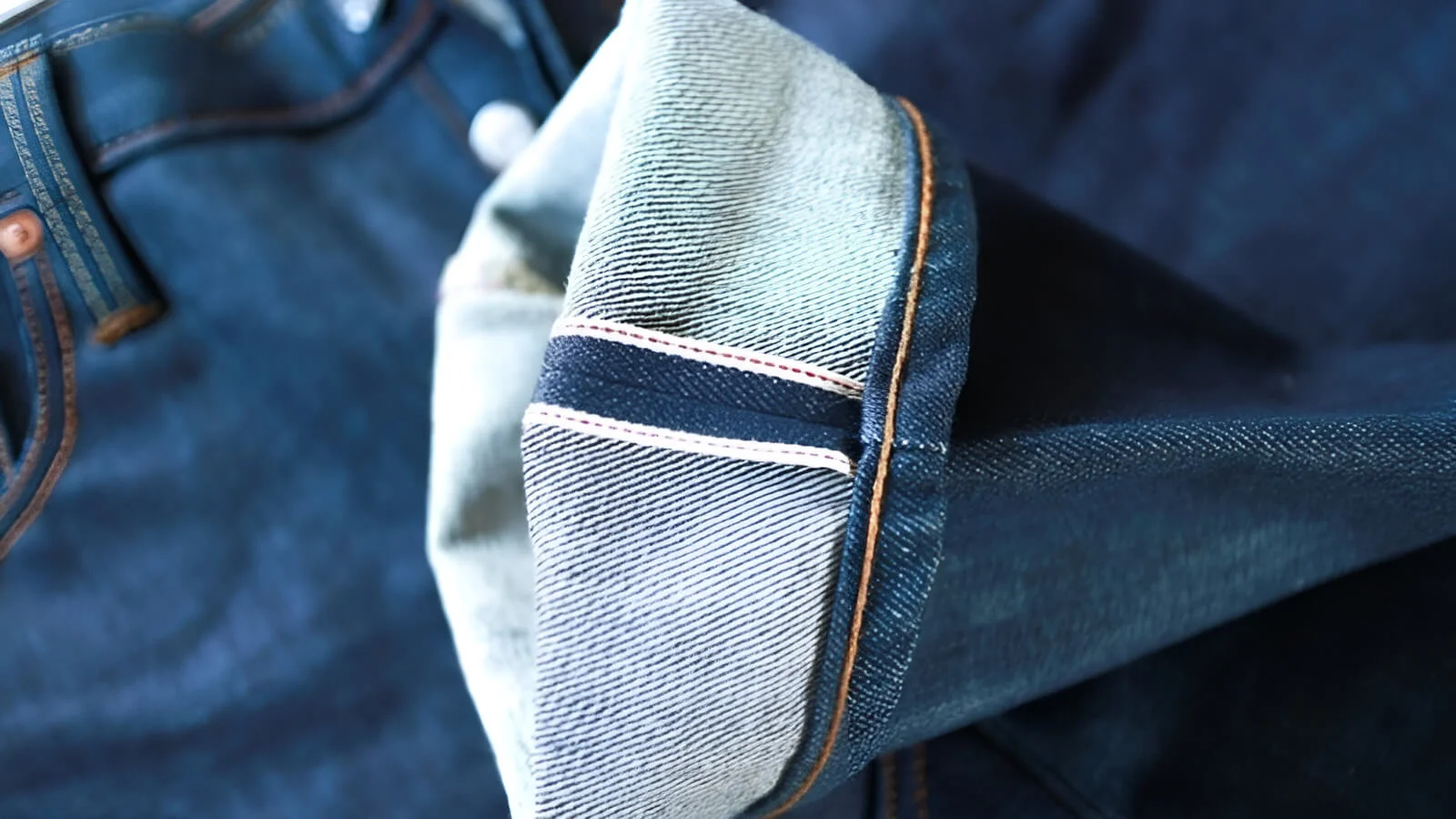
9. Quick tips for taking care of your denim
To keep your denim looking good and lasting longer, here are a few simple care instructions for denim garments:
- Wash less often: Denim doesn’t need to be washed after every wear. This helps preserve color and shape.
- Wash inside out: This helps protect the color, especially for dark denim.
- Use cold water: Cold water is gentler on the fabric and helps prevent fading and shrinking when you wash denim.
- Air dry if possible: Tumble drying can be harsh. Hanging your denim to dry is better.
- Always check the care label: Different denim items might have specific instructions.
Explore more:
So, to quickly recap: denim is a strong fabric, typically made from cotton, known for its special twill weave that gives it strength and a diagonal pattern. It’s famous for its classic blue color from indigo dye, and the unique way it ages and fades.
While most known for jeans, it’s used for jackets, skirts, and much more. Denim is loved because it’s durable, comfortable, and has a timeless, stylish appeal.
Understanding denim helps you appreciate this versatile fabric. If you’re creating your own apparel, especially denim items, remember that quality branding is key to making your products stand out.
Understanding denim is the first step, but making it your own is what truly matters. If you’re creating a denim line, remember that high-quality branding details like custom patches, labels, and hang tags can set your products apart. For unique and professional branding solutions, explore what Packlove has to offer.






















